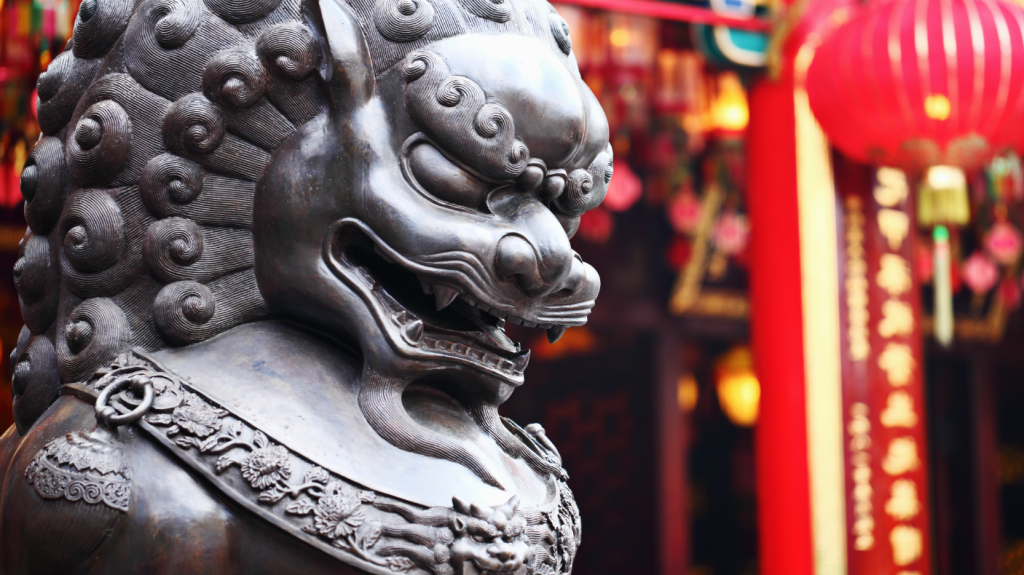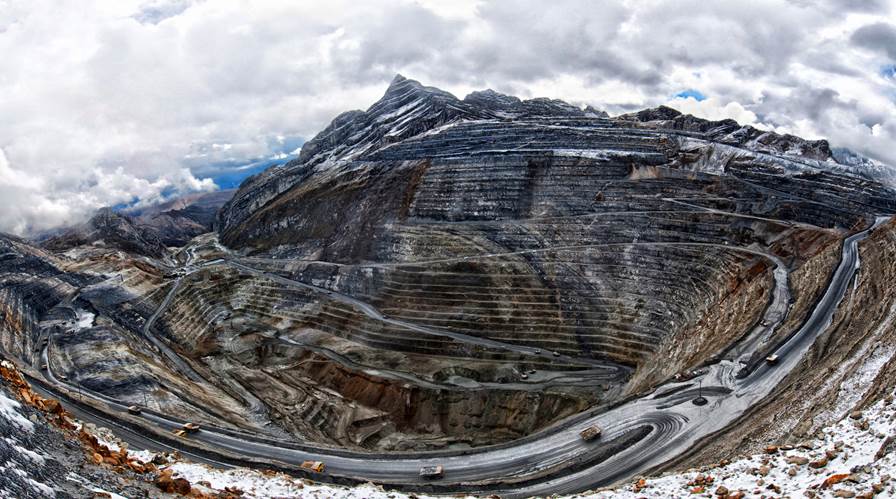Shanghai booms as metals trading mirrors uneven recovery

(The opinions expressed here are those of the author, Andy Home, a columnist for Reuters)
China has led the industrial recovery from covid-19 with the rest of the world struggling to catch up.
Manufacturing activity has rebounded faster than anywhere else and China’s imports of metals such as copper and aluminum have been running at record highs.
The divergence with the rest of the world is also clear in last year’s global base metals trading patterns.
The Shanghai Futures Exchange (ShFE) saw volumes surge as industrial activity bounced back from early-year lockdowns. Trading action on the London Metal Exchange (LME), by contrast, fell hard over the second half of the year causing full-year volumes to drop 7%.
It was the second consecutive year of decline for the 144-year old London market after a 2% fall in 2019, but the grand old dame of metals trading is winning share in new markets such as steel.
More new LME contracts are expected and the volumes battle between London, Shanghai and the CME in the United States looks set to intensify this year.
Trading the covid-19 recovery
Global metals trading last year ebbed and flowed with the spread of the novel coronavirus.
Copper, one of the most actively traded industrial metals, highlights the disconnect between China and everywhere else.
Shanghai copper volumes fell heavily in the first quarter of 2020, when China went into lockdown, but grew rapidly over the second half of the year, by the end of which they were up by 57% on 2019 levels and the highest since 2016.
Copper action on both the LME and the CME followed an inverse pattern, up strongly in the first quarter before slumping in the second as lockdowns spread to the rest of the world. Volumes remained humdrum over the second half of the year, even while the ShFE saw a surge of activity as Chinese investors bought into the country’s recovery story.
LME copper volumes fell by 2% over 2020, while those on the CME were up by just 0.3%.
It is clear that copper’s recovery from $4,371 per tonne in March to over $8,000 has been largely made and traded in China.
This desynchronised trading pattern played out across the metallic spectrum.
All the ShFE metals contracts recorded strong volume growth last year with the exception of zinc (down 15%) and steel rebar (down 21%).
The stand-out was the Shanghai tin contract, which saw activity mushroom to 13.3 million lots from 3.2 million in 2019, suggesting the tiny tin market has moved onto the broader investment radar in China.
Prices up but volumes down on LME
LME volumes jumped in the first quarter of 2020 before registering ever steeper year-on-year falls over the second half.
Average daily volumes in December were down by 20.5% on last year, not including UNA trades, a compliance work-around whose popularity has dwindled since the exchange stopped making it a free service.
The sharp drop-off in trading activity over the second half of 2020 coincided with the super-charged rally in base metal prices, suggesting a collective lack of buy-in from industrial players in what remains their primary hedging forum.
This is not surprising, given the disruptive effect on the manufacturing sector outside China from second and third wave covid-19 outbreaks and associated lockdowns.
Over the full year only two of the LME’s established contracts – steel rebar and aluminum – registered any increase in volumes and then only a small 4% and 1% respectively.
The sharpest drops were seen in the two aluminum alloy contracts, a niche market that looks in danger of disappearing altogether as activity and registered stocks spiral lower.
However, last year wasn’t all bad news for the LME.
The exchange’s creep into the steel sector continued apace The new China hot-rolled-coil (HRC) contract fared particularly well in its first full year of trading with volumes of 93,514 contracts, up from 38,090 in 2019.
The LME will launch three more steel contracts in June this year for the European HRC market and the Indian and Taiwanese scrap markets.
So far at least, the LME’s incursions into ferrous trading haven’t been at the expense of the CME. Volumes on the U.S. exchange’s HRC contract rose by 27% last year, while activity on its scrap contract more than doubled, suggesting a mutually-beneficial arbitrage link.
Exchange battle heats up
In other parts of the industrial metal markets, however, exchange trading is becoming more fractured.
Aluminum premium trading, for example, seems to have found its home on the CME, which registered volume growth across all four regional products last year.
The LME’s belated attempt to muscle in has so yielded little with its US premium contract notching up just 368 lots in its first full year of trading. The exchange is undeterred with a new contract for European premiums also due in June.
Electric vehicle metals look set to be the next battle-ground for the two exchanges.
The CME launched a cobalt contract in December in what looks like a direct challenge to the LME for trading this battery metal. Volumes in the LME’s physically-deliverable cobalt contract slumped by 86% to just 1,331 contracts, while the newer cash-settled contract did not trade last year.
An LME lithium contract, also due in June this year, opens up a new front in the battle, although it remains to be seen if the exchange has won over the lithium supply chain to the concept of benchmark futures pricing.
Looming ever larger in this fight for metals market share is the ShFE.
Its new “international” copper contract, deliverable against metal sitting in Shanghai’s bonded warehouse zone, is traded on ShFE subsidiary the International Energy Exchange.
Trading began in November and grew to 476,334 lots in December with open interest almost doubling to 20,809 lots at the end of the month.
Whether ShFE’s move to step out of the Chinese mainland market into international waters is disruptive or complementary to the LME and CME remains to be seen.
At the very least, the new copper contract seems likely to emerge as a regional pricing hub, creating a further fracturing of what was once an LME-dominant metals trading landscape.
(Editing by Barbara Lewis)
More News
{{ commodity.name }}
{{ post.title }}
{{ post.date }}



Comments